The SUPER sites of Rome consist of:
- Criptoportico Neroniano
- Palatine Museum
- House of Emperor Augustus
- House of Livia
- Aula Isiaca
- Temple of Romulus
- Santa Maria Antiqua
These seven unique places are worth experiencing in Rome. They are located in either the Roman Forum or on Palatine Hill.
The Roman Forum was the heart of ancient Rome’s public life. It was full of bustling markets, significant government buildings, and temples, reflecting the empire’s social, political, and religious epicenter. Overlooking these landmarks, Palatine Hill is steeped in legend and history. It is believed to be the birthplace of Rome and home to abundant places and ancient ruins, providing a rich narrative of Rome’s evolution from a mystical foundation to a sprawling empire.
Together, these SUPER sites encapsulate the essence of Ancient Roman culture, architecture, and history, drawing millions of visitors to walk in the footsteps of the ancient Romans. You would want to experience these SUPER sites with a top-rated guide because you wouldn’t want to miss any important aspects of what life in Ancient Rome would have been like.
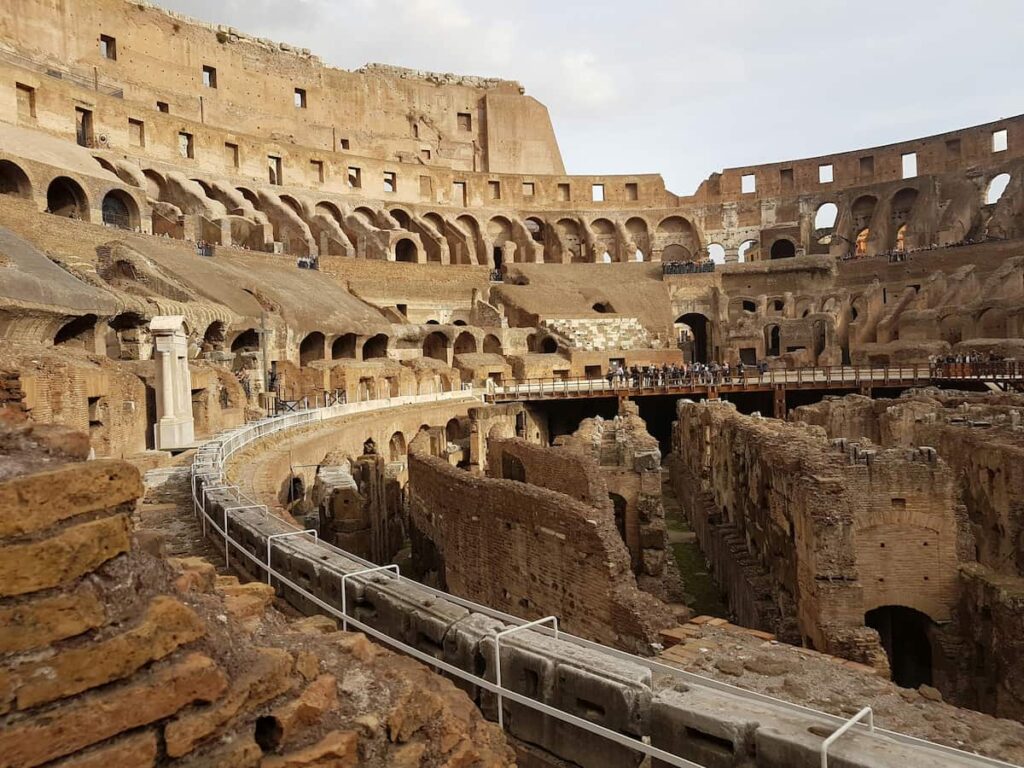
Colosseum
The Colosseum, constructed in the first century AD, is an iconic symbol of ancient Rome. This magnificent amphitheater has witnessed centuries of gladiatorial combats, public spectacles, and events shaping Rome’s history. Visiting the Colosseum offers a profound experience, allowing you to step back in time and immerse yourself in the splendor of Rome’s imperial era.
From standing where gladiators and spectators once did, you gain a connection to the past, envisioning the vibrant atmosphere that once filled this monumental structure. Whether you’re an enthusiast of ancient history or simply seeking to understand the intricacy of Roman civilization, a visit to the Colosseum provides an enriching and unforgettable journey into the heart of one of history’s greatest empires.
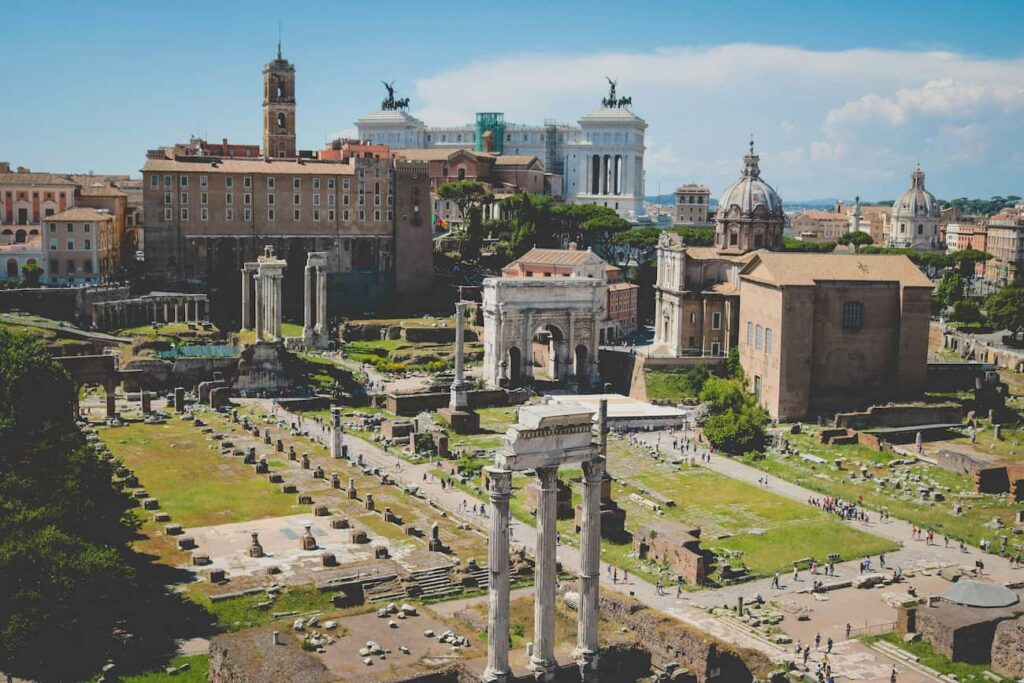
Roman Forum
The Roman Forum, which used to be the heart of Ancient Rome, offers you an experience through the city’s rich history and cultural heritage. This archeological site was the center of Ancient Roman public life and is now home to ruins of important government buildings, temples, and marketplaces. Some iconic landmarks you might stumble upon while exploring are the Temple of Saturn, the Arches of Titus, and the House of the Vestal Virgins. With each step, you immerse yourself deeper and deeper into the politics, religion, and social dynamic of Ancient Rome.
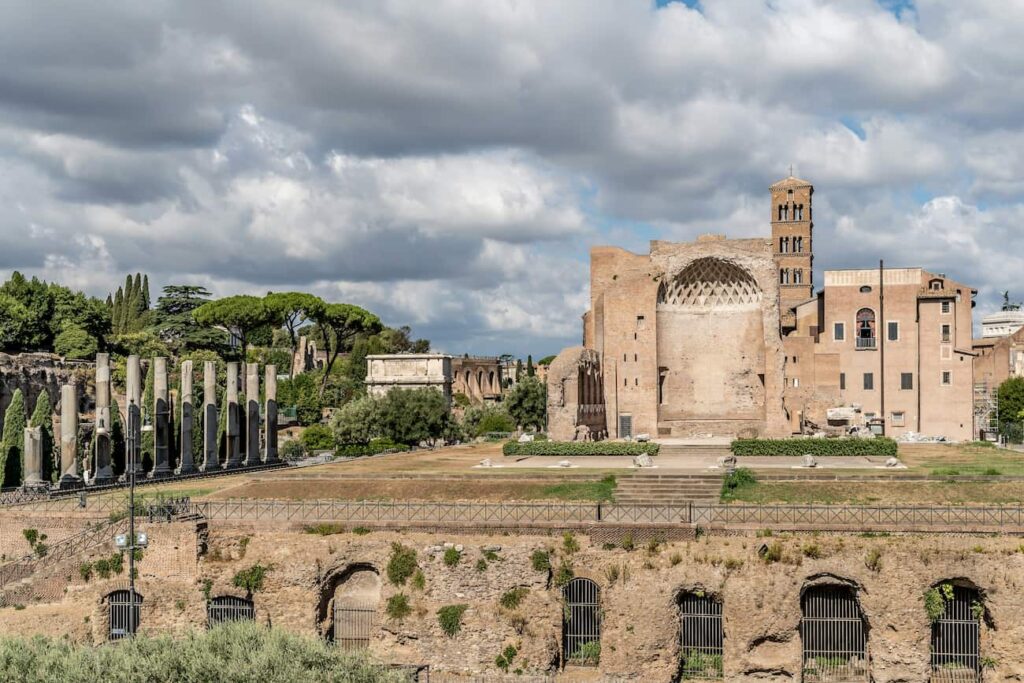
Palatine Hill
Palatine Hill, one of the oldest parts of Ancient Rome, holds immense historical significance and offers a glimpse into the city’s early origins. As the legendary birthplace of Rome, it is full of mythology, including the tale of Romulus and Remus. At the heart of the Roman Forum, Palatine Hill was the site of imperial palaces, luxurious homes, and grand temples, making it a center of political and social activity in Ancient Rome.
The hill is a treasure trove of archaeological wonders, featuring ruins that span centuries, from the early Roman Kingdom through the Republic and into the Empire. Critical structures include the House of Augustus, the Domus Flavia, and the Temple of Cybele, each reflecting this era’s architectural and cultural evolution.

Santa Maria Antiqua
Santa Maria Antiqua, constructed in the early 5th century, is one of the most significant Christian monuments in the Roman Forum and can be found at the base of the Palatine Hill. This remarkably preserved ancient church is one of the oldest Christian structures in Rome. The church’s survival is mainly due to a catastrophic earthquake in the 9th century that caused its collapse and burial. It was later rediscovered and restored in the 20th century.
Santa Maria Antiqua offers a rare and insightful window into early Christianity. The unique preservation of the artifacts and paintings helps visitors understand the religious and cultural dynamics of the period when the Byzantine Empire greatly influenced Roman culture.
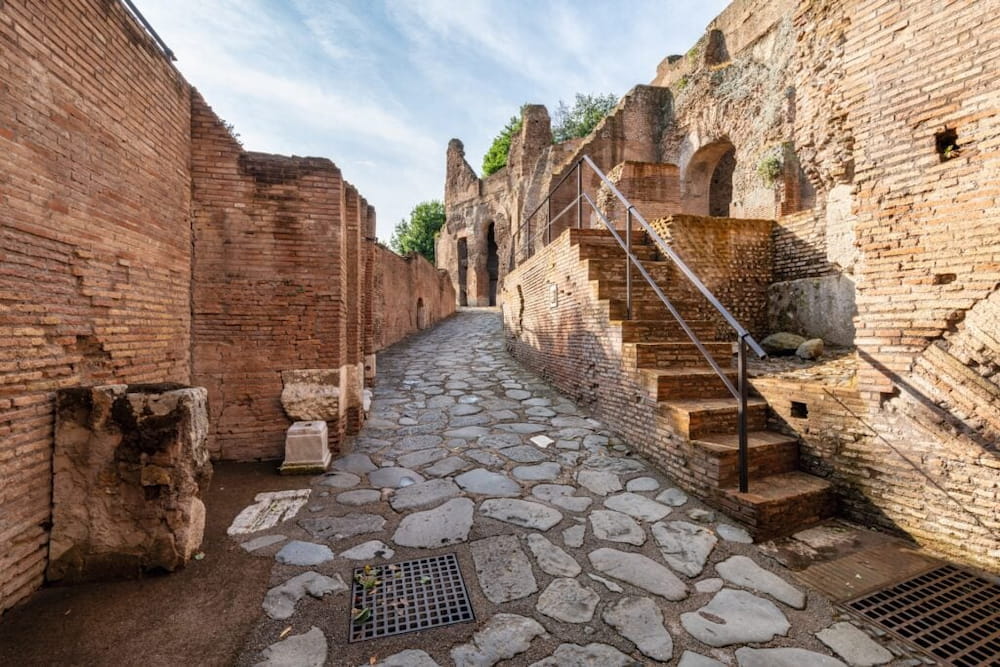
Domus Tiberiana
Domus Tiberiana, initially constructed in the early Roman Empire, is one of the most significant architectural structures on Palatine Hill. The exhibition rooms of the Domus Tiberiana provide a priceless window into Roman imperial life.
Preserving these rooms and their artifacts allows visitors to appreciate Domus Tiberiana’s architectural sophistication and cultural and political significance. The exhibited items, including intricate mosaics, frescoes, and sculptures, help convey the luxury and daily life of the Roman elite, reflecting the influence of various periods of Roman history and the evolution of imperial tastes.
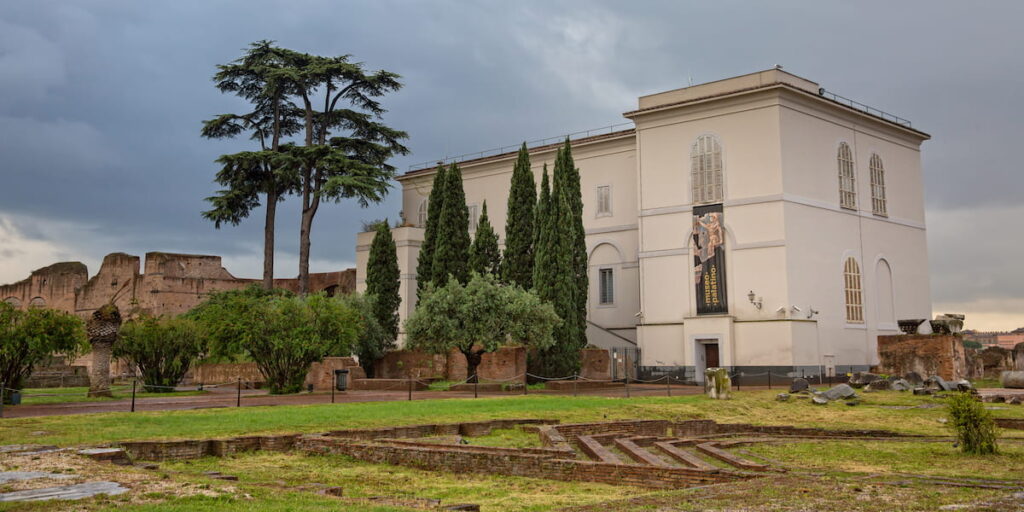
Palatine Museum
The Palatine Museum is currently housed within rooms of the former monastery and was built in the 19th century on the remains of Domitian’s Palace. In the late 20th century, the museum underwent reconstruction and reorganization to commemorate Emperor Augustus‘s bimillennium. The museum showcases a vast array of archaeological fragments, sculptures, and artifacts unearthed from excavations on Palatine Hill over the last century. Palatine Museum is a testament to the long-lasting legacy of Rome’s imperial past and gives visitors the enriching opportunity to experience and understand the complexities of Roman civilization.
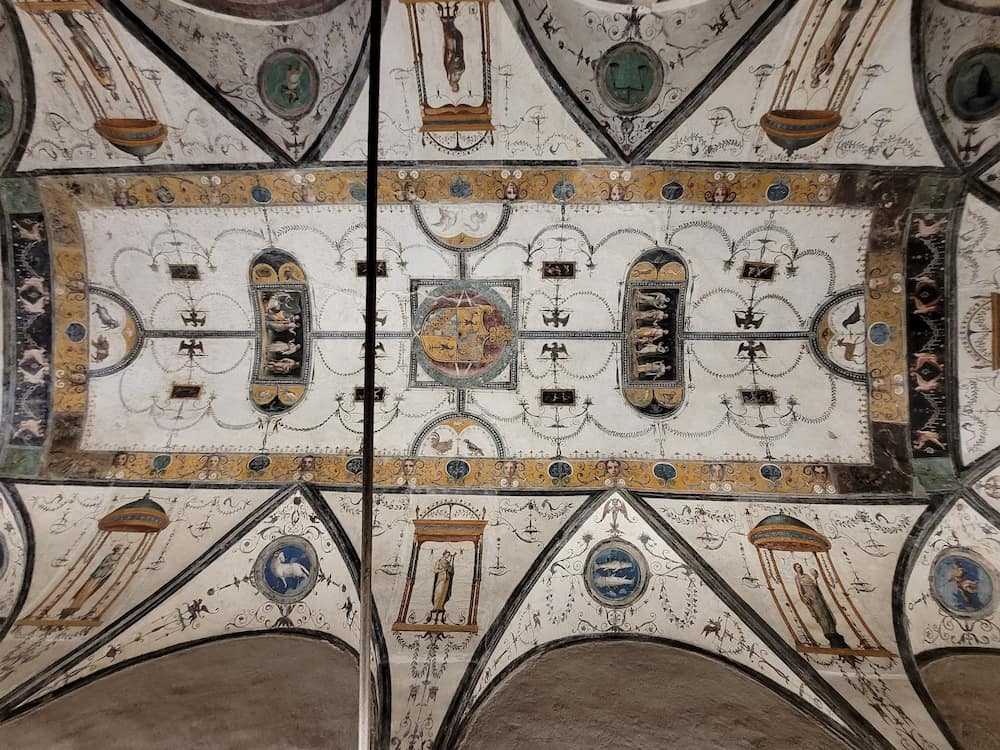
Aula Isiaca and Loggia Mattei
The Aula Isiaca, originally part of the House of Augustus, reflects the Roman Empire’s fascination with everything Egyptian that swept through the country in the first century BC. This room embodies the cultural and artistic exchange that characterized the period, showcasing Egyptian motifs and themes within its design.
Next to the Aula Isiaca is the Loggia Mattei, the remnants of a luxurious 16th-century villa crafted by the renowned architect Baldassarre Peruzzi. Aula Isiaca and Loggia Mattei highlight the era’s luxurious and aesthetic sensibilities and offer a glimpse into the mythological and cultural narratives revered in ancient Rome.
Explore the SUPER Sites with a Top-Rated Guide
If you want to admire the stunning paintings and archeological wonders of Ancient Rome and enjoy priority access to the Colosseum while you walk in the footsteps of gladiators and emperors, we recommend you book one of our SUPER sites of Ancient Rome tour with a top-rated expert.
- Our Extended Colosseum and Roman Forum with Arena Access & Exclusive SUPER Sites offers an in-depth exploration of the Colosseum, Roman Forum, and Palatine Hill with exclusive access to VIP areas and archaeological sites.
- Our Private Full-Day Ancient Rome Tour with Colosseum Arena & Exclusive SUPER Sites offers an immersive exploration of Ancient Roman life and legacy. It includes visits to iconic monuments and special access to the Colosseum’s Arena Floor.
